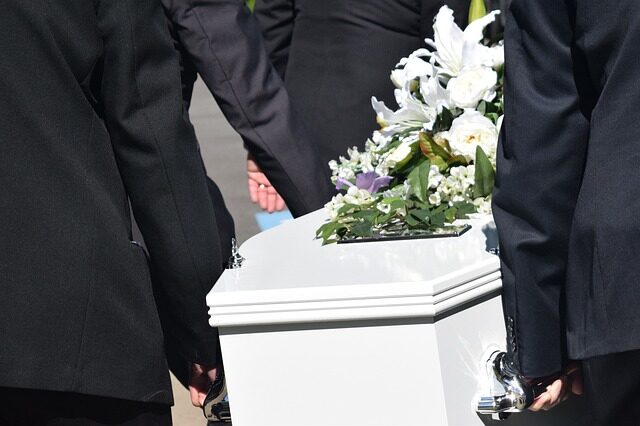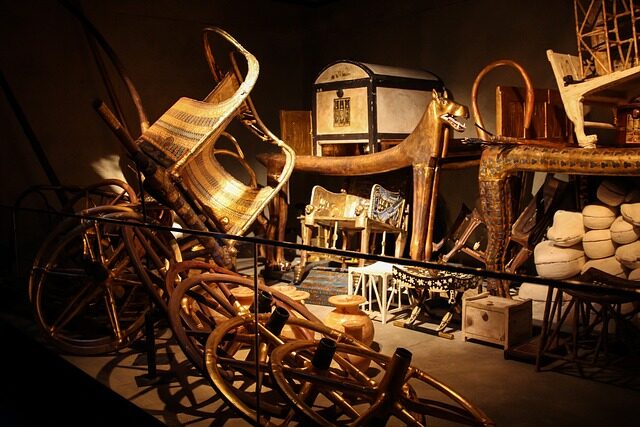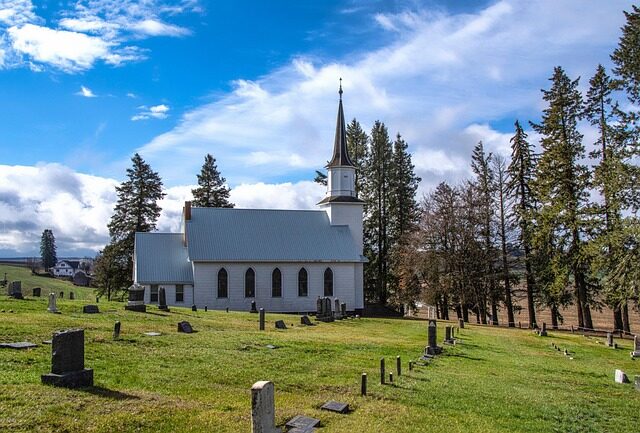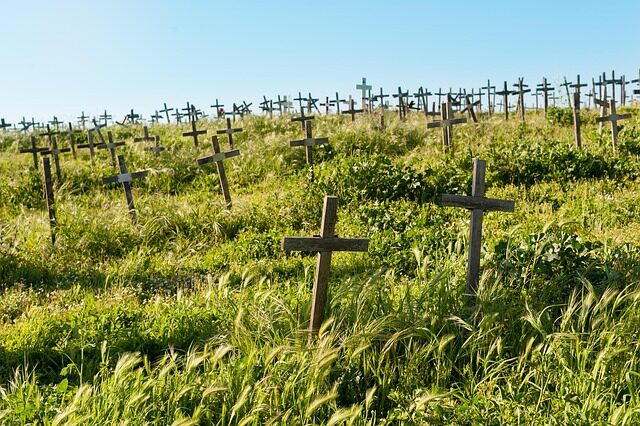Viking burials are a window into the rich tapestry of Norse culture, an area of fascination that continues to captivate historians and archaeologists alike. From the majestic ship burials to the grave goods that accompanied the deceased, these practices reveal a deep-seated belief in an afterlife and the importance of maintaining one’s status beyond death.
- What are the key Viking burial practices?
- How did Vikings conduct ship burials?
- What rituals accompanied Viking funerals?
- Why are Viking funerals significant in Norse culture?
- What types of grave goods were included in Viking burials?
- How did Viking burial practices vary across regions?
- What impact did Viking burial traditions have on modern culture?
- What are the key Viking burial practices?
- How did Vikings conduct ship burials?
- What rituals accompanied Viking funerals?
- Why are Viking funerals significant in Norse culture?
- What types of grave goods were included in Viking burials?
- How did Viking burial practices vary across regions?
- What impact did Viking burial traditions have on modern culture?
What are the key Viking burial practices?
The Viking burial practices were diverse, but some key methods stood out. Ship burials, cremations, and inhumations were commonplace. The choice of burial practice often depended on the individual’s status and local customs. Whether through the symbolism of a ship journeying to the afterlife or the purifying flames of a funeral pyre, each method aimed to honor the deceased and equip them for the life beyond.
Grave goods played a pivotal role, signifying the wealth and position of the deceased in Viking society. From weapons and armor for warriors to domestic tools for everyday people, these items ensured that the deceased would not go into the afterlife empty-handed.
Customs also extended to the burial sites themselves, with significant locations such as the Borre mound cemetery offering a glimpse into the community’s reverence for the deceased. The presence of these sites across the landscape of Scandinavia reflects the widespread nature of these practices.
How did Vikings conduct ship burials?
Vikings took great care in preparing ship burials, which were reserved for the most prestigious members of society. The process involved laying the deceased in a boat, surrounded by their belongings and offerings for the gods. Ship burials were both literal, with actual vessels used as graves, and symbolic, with stones outlining the shape of a ship.
The ship served as a vessel to transport the soul to the afterlife, with maritime imagery prevalent throughout Norse mythology. This practice highlighted the Vikings’ strong relationship with the sea and their belief in its significance even after death.

One famous example is the Oseberg ship burial, which contained two women of high status and a treasure trove of artifacts, providing invaluable insights into Viking culture and artistry.
What rituals accompanied Viking funerals?
Funeral rituals were elaborate affairs in Viking society, often starting with a period of preparation where the body was dressed and displayed. During this time, the deceased might be accompanied by a female figure known as the ‘Angel of Death,’ who helped transition them to the afterlife.
Following this, the body would be transported on a bier, accompanied by a procession of mourners. The burial itself might include the recitation of Icelandic sagas and eulogies that celebrated the deceased’s life and deeds.
In the case of cremations, the body was placed on a pyre and the flames were seen as a way to purify and release the spirit. The ashes might then be buried in a mound or scattered in a meaningful place.
Why are Viking funerals significant in Norse culture?
Viking funerals were not just a means of disposing of the dead but were deeply imbued with cultural and religious significance. These ceremonies were designed to ensure safe passage to the afterlife, reflecting the Vikings’ intricate belief system centered around Norse mythology.

Their significance also lay in the affirmation of social hierarchy. How one was sent off in death was a direct reflection of their status in life, emphasizing the importance of maintaining one’s legacy.
Moreover, these practices offered a communal space for the living to grieve, celebrate, and honor their ancestors, reinforcing societal bonds and shared beliefs.
What types of grave goods were included in Viking burials?
- Weapons and armor for warriors
- Jewelry and personal adornments
- Tools and household items
- Symbols of religious belief
- Items of trade or craftsmanship
These grave goods were not merely material possessions but symbols of the individual’s identity and status, intended to accompany them into the afterlife and provide for their needs.
How did Viking burial practices vary across regions?
While some practices were widespread, there was considerable regional variation in Viking burial customs. For instance, ship burials were more common in Norway, while other areas might favor cremation or simple inhumation.
The topography and resources of a region also influenced burial practices. In places where timber was scarce, stone ship outlines were used instead of actual boats.

Cultural exchanges with other societies, such as the Anglo-Saxons or Slavs, also introduced variations in burial customs, illustrating a degree of adaptability and syncretism within Viking society.
What impact did Viking burial traditions have on modern culture?
The allure of Viking burials has left a lasting imprint on modern culture, from literature and film to the way we understand and commemorate death. The romanticized image of a Viking funeral pyre set adrift at sea has captured the imagination of many, though it’s worth noting that such practices are largely mythologized.
Additionally, these ancient customs have sparked discussions on burial practices and the ways in which we honor the dead today, including debates over the environmental impact and cultural significance of funerary rites.
For a deeper understanding of these ancient practices, let’s take a look at a video that delves into the topic:

In conclusion, Viking burial practices were multifaceted and deeply symbolic, rooted in a worldview that valued honor, status, and the journey to the afterlife. Through the varied practices of ship burials, cremations, inhumations, and the inclusion of grave goods, we gain insight into a society that revered its dead and sought to preserve their legacy through elaborate funerary customs. These traditions continue to inform our understanding of the Viking Age and its enduring legacy in the modern world.

